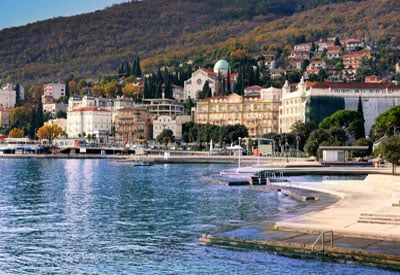Extensive List of Languages of Chile: Spoken and Extinct Languages
In this Country Profile
Aymara, Central [ayr] 900 in Chile (Gundermann 1994). Ethnic population: 48,501 in Chile (2002). Mountains of extreme north, Tarapacá; Arica, Parinacota, Iquique. Classification: Aymaran
Chilean Sign Language [csg] Classification: Deaf sign language
Huilliche [huh] 2,000 (1982 SIL). South of Mapuche, Tenth region, Valdivia to Chiloé. Alternate names:Huiliche, Veliche. Dialects:
Tsesungún. Related to Mapudungun [arn], but barely intelligible with it. Classification: Araucanian
Kakauhua [kbf] Extinct. Alternate names: Cacahue, Kaukaue. Classification: Alacalufan
Kunza [kuz] No known speakers. A few were located in 1949 and since by anthropologists. Ethnic population: 2,000 (2000 W. Adelaar). Peine, Socaire (Salar de Atacama), and Caspana. Alternate names: Atacameño, Likanantaí, Lipe, Ulipe. Dialects: Greenberg places it in Macro-Chibchan. Classification: Unclassified
Mapudungun [arn] 200,000 in Chile (1982 SIL). Population total all countries: 300,039. Ethnic population: 604,349 (2002). Between Itata and Tolten rivers. Also in Argentina, United States. Alternate names: “Araucano” , Mapuche, Mapudungu. Dialects: Moluche (Ngoluche, Manzanero), Picunche, Pehuenche. Easy intelligibility among dialects. Pehuenche and Moluche are very similar. Classification: Araucanian
Qawasqar [alc] 12 (2006). 10 in Puerto Edin. Ethnic population: 2,622. West Patagonia, Channel region, Isle of Wellington off south Chilean coast, 49 degrees south. Center is Puerto Edin. Alternate names:Alacaluf, Alacalufe, Halakwulup, Kaweskar, Kawesqar. Dialects: Aksanás (Aksana). Classification: Alacalufan Nearly extinct.
Quechua, Chilean [cqu] 8,200 (2006). Northern second region. Dialects: May be intelligible with, or same as, South Bolivian Quechua [quh]. Classification: Quechuan, Quechua II, C
Rapa Nui [rap] 3,390 in Chile (2000). 2,200 on Easter Island; 200 to 300 on Chile mainland, Tahiti, and USA. Ethnic population: 3,500. Easter Island, 3,800 km from Chile, 4,000 km from Tahiti. Also in French Polynesia, United States. Alternate names: Easter Island, Pascuense, Rapanui. Dialects:Lexical similarity: 64% with Hawaiian [haw], Mangareva [mrv], Rarotongan [rar]; 63% with Marquesan [mrq]; 62% with Tahitian [tah], Tuamotuan. Classification: Austronesian, Malayo-Polynesian, Central-Eastern, Eastern Malayo-Polynesian, Oceanic, Central-Eastern Oceanic, Remote Oceanic, Central Pacific, East Fijian-Polynesian, Polynesian, Nuclear, East, Rapanui
Spanish [spa] 13,800,000 in Chile (1995). 25% Spanish, 66% mestizo. Alternate names: Castellano, Español. Classification: Indo-European, Italic, Romance, Italo-Western, Western, Gallo-Iberian, Ibero-Romance, West Iberian, Castilian
Yámana [yag] 1 (2003). Ethnic population: 100 (2000 W. Adelaar). Patagonia, Isla Navarino, Puerto Williams, Ukika hamlet. Alternate names: Tequenica, Yagán, Yaghan. Dialects: Most similar to Qawasqar [alc], and had some relationship to Siane [snp] (Tovar 1961). Earlier there were up to 5 dialects. Classification: Language isolate Nearly extinct.
:: Reference ::
Gordon, Raymond G., Jr. (ed.), 2005. Ethnologue: Languages of the World, Fifteenth edition. Dallas, Tex.: SIL International. Online version: http://www.ethnologue.com/

Sorry, the comment form is closed at this time.